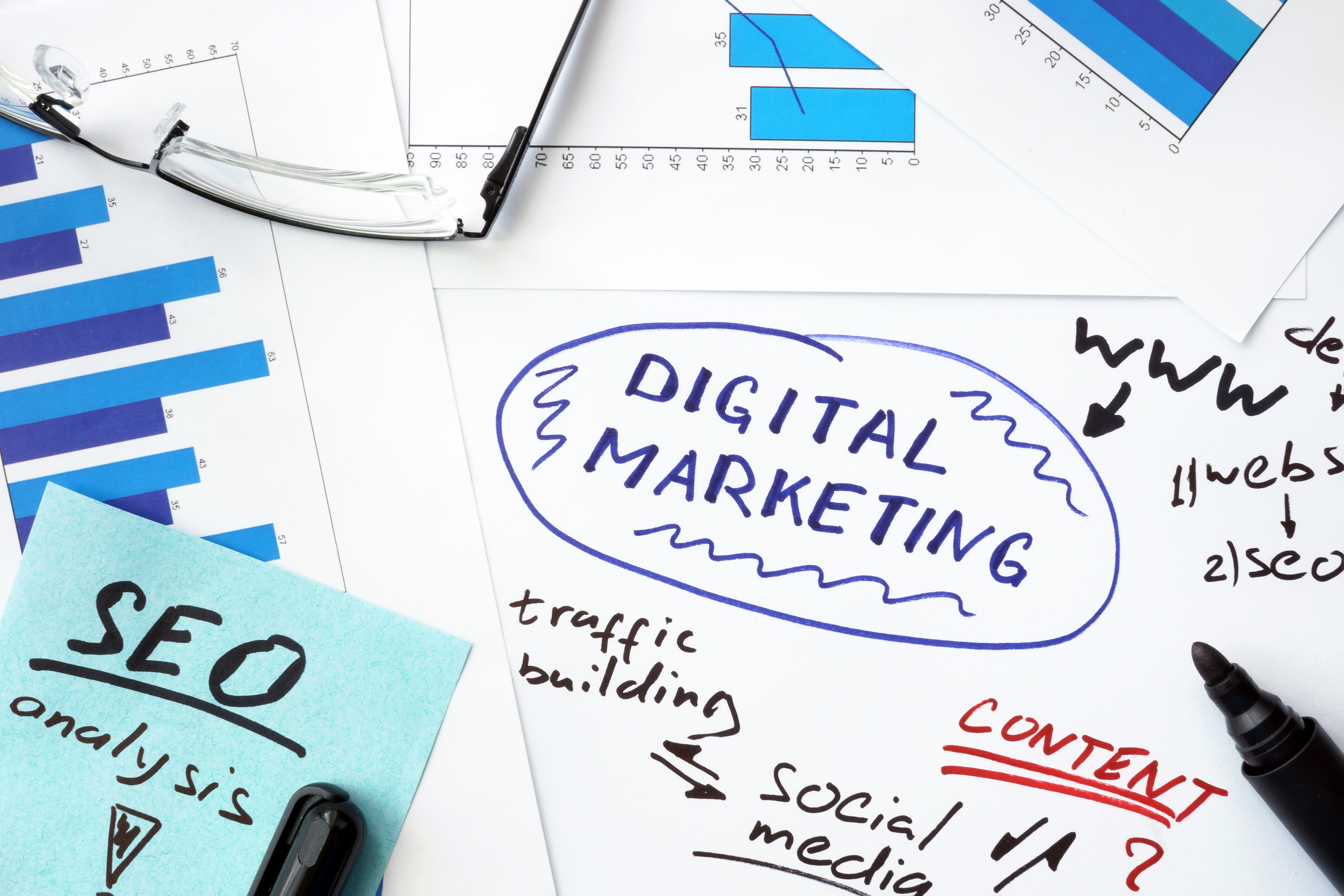
What digital transformation means for brands
Business in the modern age is seismically different compared with even five years ago. Businesses have been profoundly changed by the influx of digital-based processes and systems required to work and grow effectively.
A wide mix of digital technologies has now become integral to most business functions, with software taking over even human-based roles in some instances. Digital transformation will be key to all business growth: International Data Corporation (IDC) forecasts suggest that 60 percent of the Forbes Global 2000 will have doubled their productivity by 2020 due to digitization and the adoption of technology to streamline processes.
With the largest companies in the world and CEOs of all brands seeing growth and digital transformation as strategic imperatives, even the smallest brands should follow suit and embrace the need for all things digital.
The evolution of digital
Business is constantly shifting and evolving, and this has been accelerated exponentially by the growth of digital. Cloud technology has given companies the scope to expand more quickly and scale up or down instantly. It also means remote working can be embraced more openly, with digital solutions allowing for office-based tasks to take place practically anywhere.
The world — from business to personal and social — has become increasingly reliant on all things digital. Everything, even the most personal issues, can be found discussed in public forums, across social media, and practically anywhere! And with this shift in communication and transparency, there is a real need for businesses to act.
Capitalizing on the digital transformation of society is a must for brands. Digital transformation means there is, even more, the market potential for your brands and even more direct access to your customers. Digital marketing needs to go beyond a brand awareness vehicle and rightly become integral to how brands engage and convert their target audiences.
Approaching digital transformation
The way your brand approaches digital transformation needs to be exact to ensure the best possible results. Keep the following points in mind when looking at getting the most from this modern phenomenon.
Mobile first, always
Forecasts suggest that by 2018, mobile devices will drive nearly 80 percent of global internet usage and 60 percent of digital ad spend. This alone suggests businesses cannot ignore the power of mobile and should always consider mobile access to their channels first.
Brands need to embrace mobile as a method of communication not only for customers but also for staff and internal communications. Consumers use mobile as a key tool for research, so having relevant and the easy-to-access information is essential.
Fully analyze your data
The volume of data generated by digital marketing and digital processes within your company can be unwieldy, so it has to be handled and analyzed correctly. It’s not enough to simply look at numbers going up and down and work from that.
You need to undertake more complex social media analyses and evaluation of your other digital activities so you have a full understanding of the best metrics for your business and what you need to track. Getting hung up on vanity metrics can be fatal for a business. It helps to differentiate between “vanity” and “sanity” when measuring social media performance.
Break down silos
Silos have always been a problem in business, and they make collaboration and growth more difficult. As already mentioned, digital transformation isn’t just about what can be done with your customers; it can also revolutionize internal processes and communications.
A fully digitally transformed internal communications system means even the most reluctant departments are obliged to be fully involved and contribute their required elements to the business’s growth and tasks at hand. Employee engagement can be just as important as customer engagement on some levels, as disengagement within the business is often mirrored in results.
Therefore, a fully digitally transformed business is, by its very nature, primed to collaborate for enhanced productivity, interdepartmental knowledge sharing and more efficient working practices.
Embrace technology
The advance of technology has allowed for sophisticated tools to work alongside the people in your business to deliver solid results. Marketing technology is, of course, central to this, and every business needs to cultivate and build their own specific martech stack.
Central to this, as Kevin Bobowski explains on MarTech Today, is the need for marketers to be hyper-agile: As customer behavior changes, so must martech stacks be adapted and evolved to meet rising expectations. That’s no mean feat when your stack will most likely incorporate everything from marketing automation to social media management tools to CRM and internal communications software programs.
Cultural change inside and out
The exponential curve that technology is developing has drastically changed how the whole world works. Culture can be, and is, dictated by what happens online. Social media is a clear example of this — it has become omnipresent and integrated into anything from emotional reactions of football fans to refereeing decisions on integrated marketing campaigns.
Digital transformation, therefore, transcends business or technology; it is a cultural change in how the world now operates. Successful digital transformation is a driver of business growth, productivity and competitive advantage.
Indeed, there are no corridors of offices, or facets of business, that are impervious to digitalization. From enhanced collaboration and productivity to delivering genuine ROI and business value, from the destruction of silos to a more engaged workforce, the digital transformation will only be truly achieved if brands transform on the inside as well.
Brands that are not fully embracing the power of digital and accepting how the world has shifted to a more digital focus will not see their success and growth continue at the same rate. Smartly selecting the right technologies and using them effectively for the benefit of your business ensures that you’re keeping up with the competition and positioning yourself for future developments in technology and digital.







 There were simply few radio stations, TELEVISION channels as well as some newspapers and also publications where marketing professionals made use of to promote their products or sell them. Reaching target consumers using these channels was quite simple; though the reach was limited. With straightforward yet engaging messages, offering or advertising items was simple.
There were simply few radio stations, TELEVISION channels as well as some newspapers and also publications where marketing professionals made use of to promote their products or sell them. Reaching target consumers using these channels was quite simple; though the reach was limited. With straightforward yet engaging messages, offering or advertising items was simple.